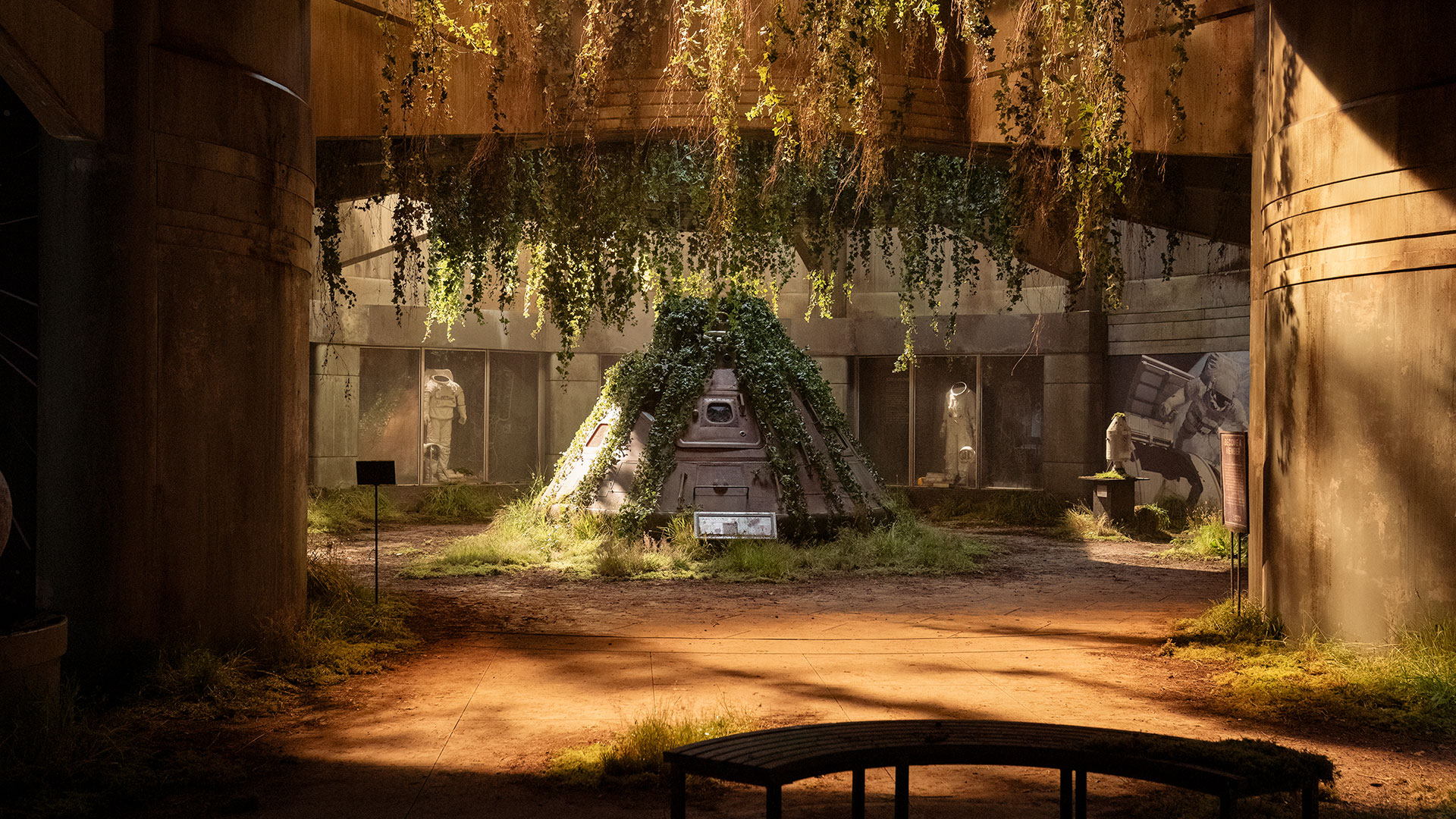Gallery: Inside Shuttle Discovery, a Reporter's-Eye View
Inside Shuttle Discovery, a Reporter's-Eye View
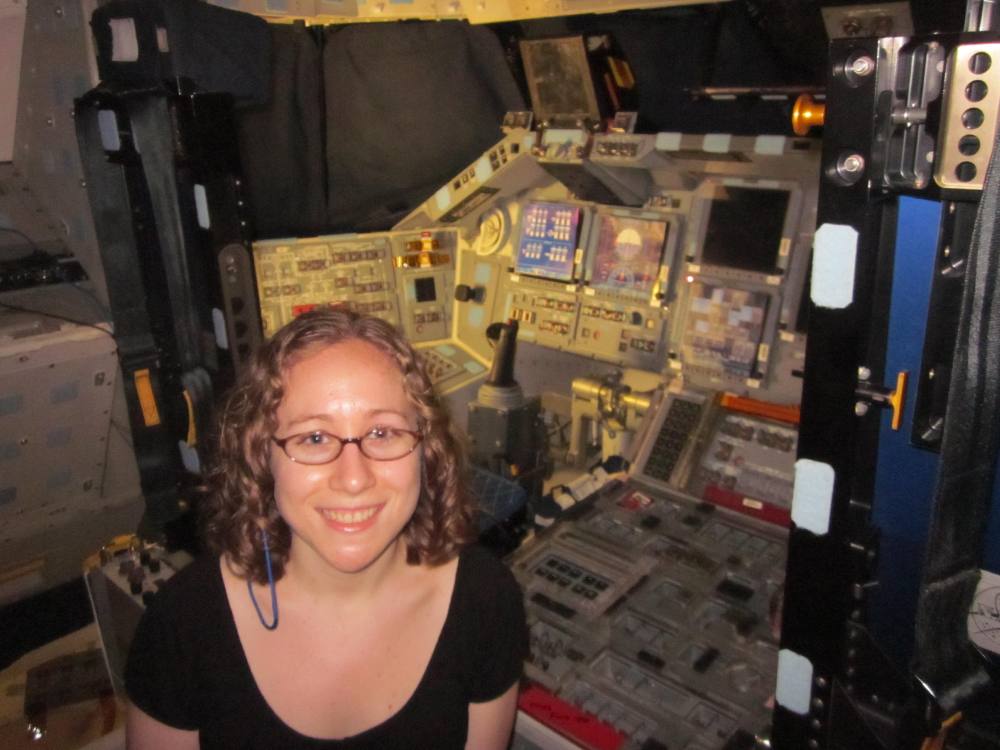
The space shuttle Discovery is more complex, cramped, and altogether more awesome from the inside than I ever imagined. And in 2011, NASA retired the orbiter – the oldest flying shuttle – to begin preparing it for display in a museum.
I was lucky enough to crawl around the interior of the storied spaceship at NASA's Kennedy Space Center in Florida. Discovery has already flown its last flight, so technicians are preparing the spaceship for retirement at the Smithsonian National Air and Space Museum's Udvar-Hazy Center outside Washington, D.C.
Safety Booties
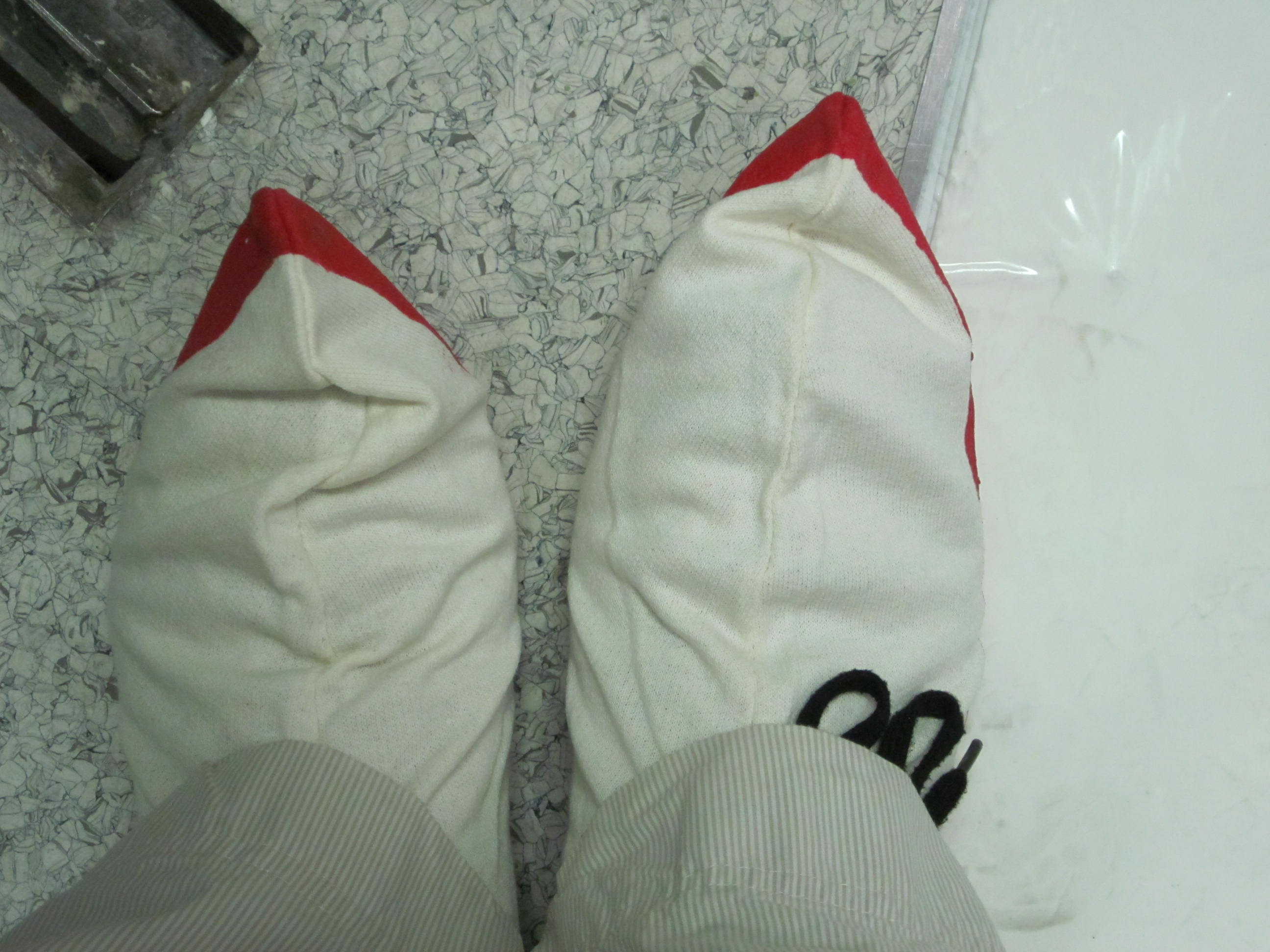
Before reporters could enter Discovery, we had to don canvas booties to prevent tracking dust or debris in with us. Even on spaceships, you have to wipe your feet before entering.
Tunnel of Fame
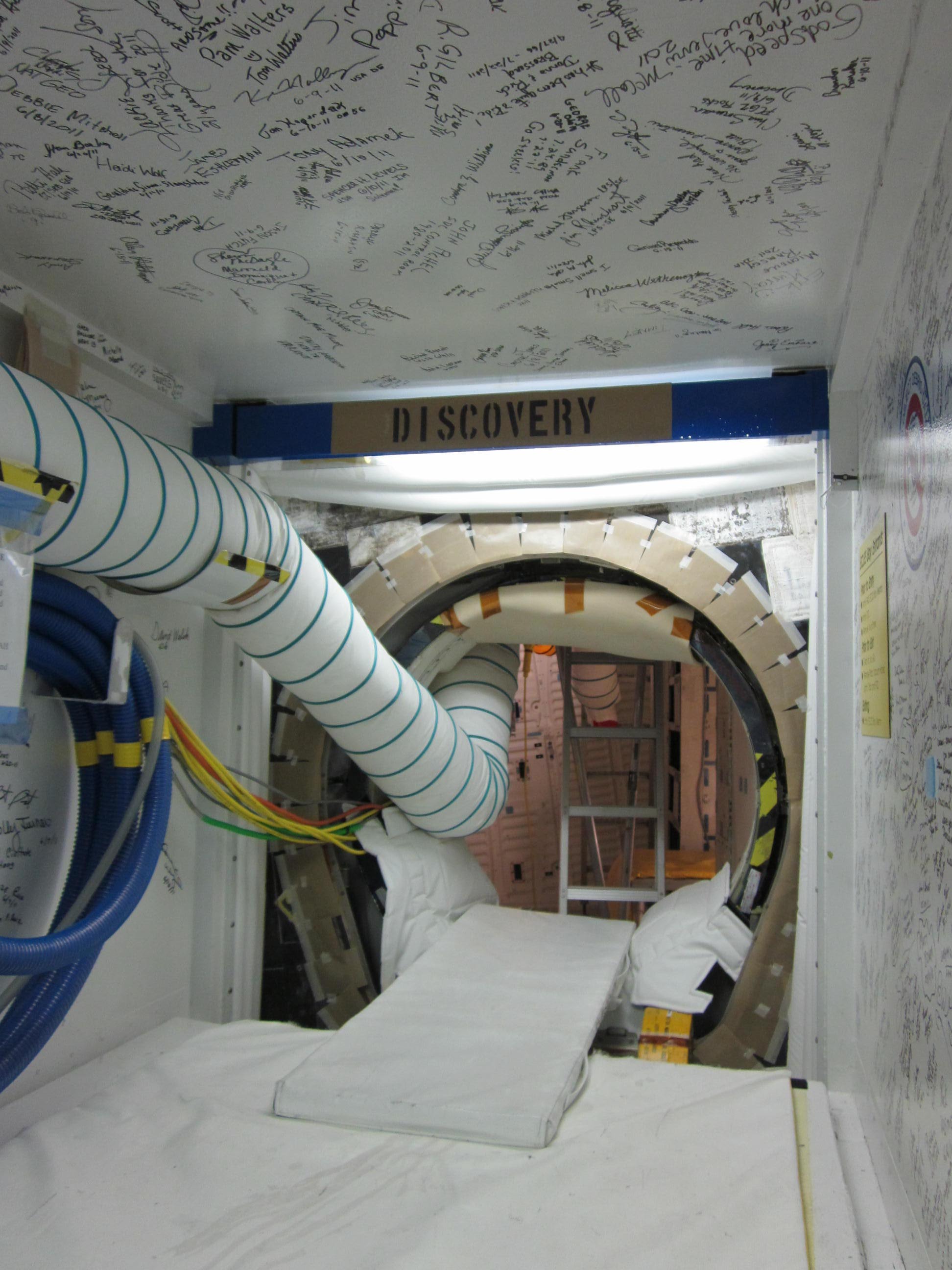
This tunnel leads inside Discovery, which you enter through a hatch on the left side. It's a tradition for everyone who passes through to sign the antechamber wall — including reporters! What an amazing feeling to join the select few who've been inside a vehicle that's flown to space.
My Autograph
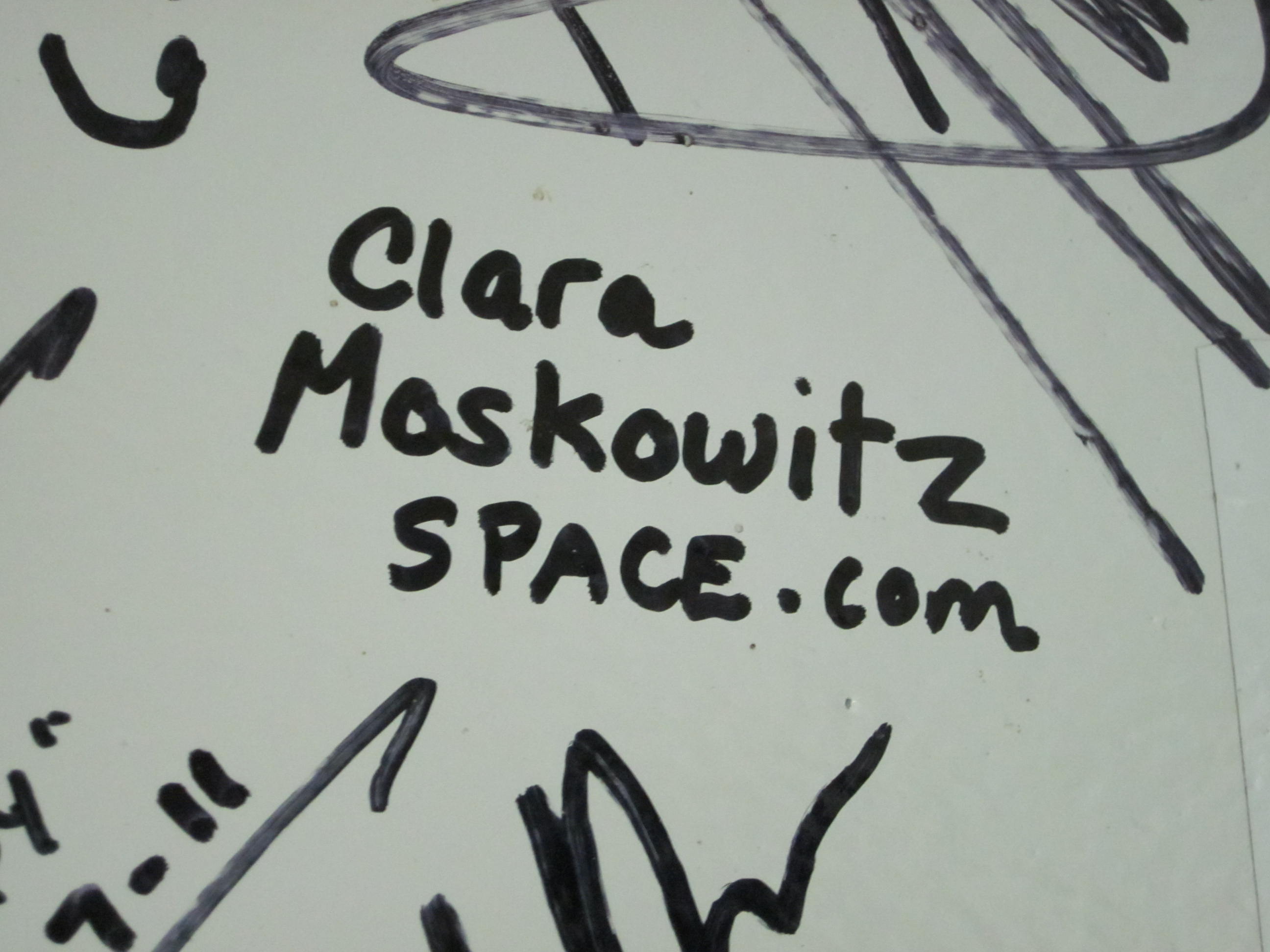
My name joins the wall of the space shuttle Discovery's white room antechamber. This chance to go inside a real orbiter is the opportunity of a lifetime.
Shuttle Discovery's Flight Deck
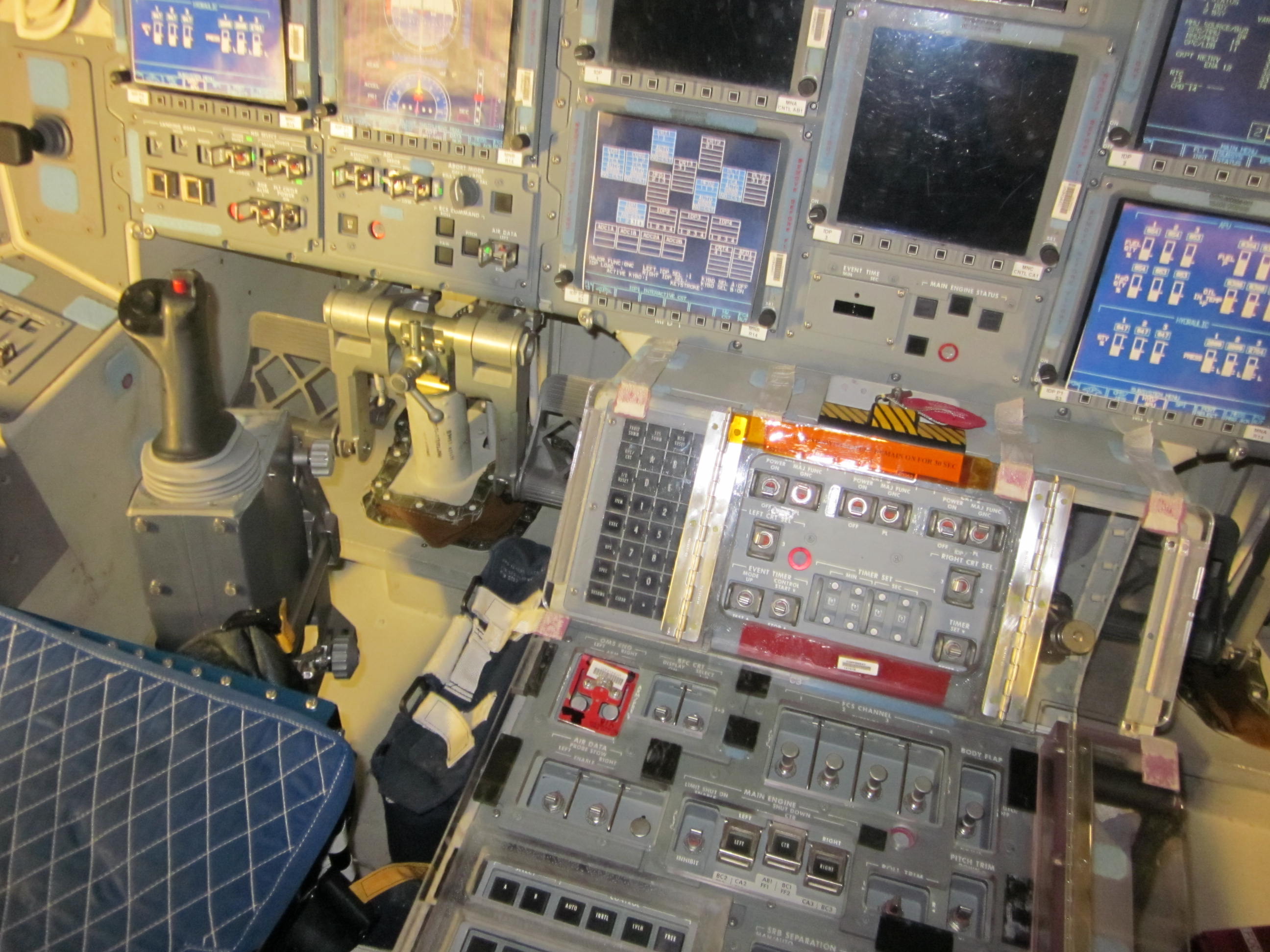
Inside Discovery's cockpit, the commander's seat is on the left and the pilot's is on the right. This compartment is called the flight deck, and during launch, up to two mission specialists may also sit in here. There's another deck, called the middeck, directly below this one and that's where the entry hatch is.
The flight deck is fairly cramped, smaller than I'd imagined, but every inch of space seems to be utilized.
Pilot's Seat
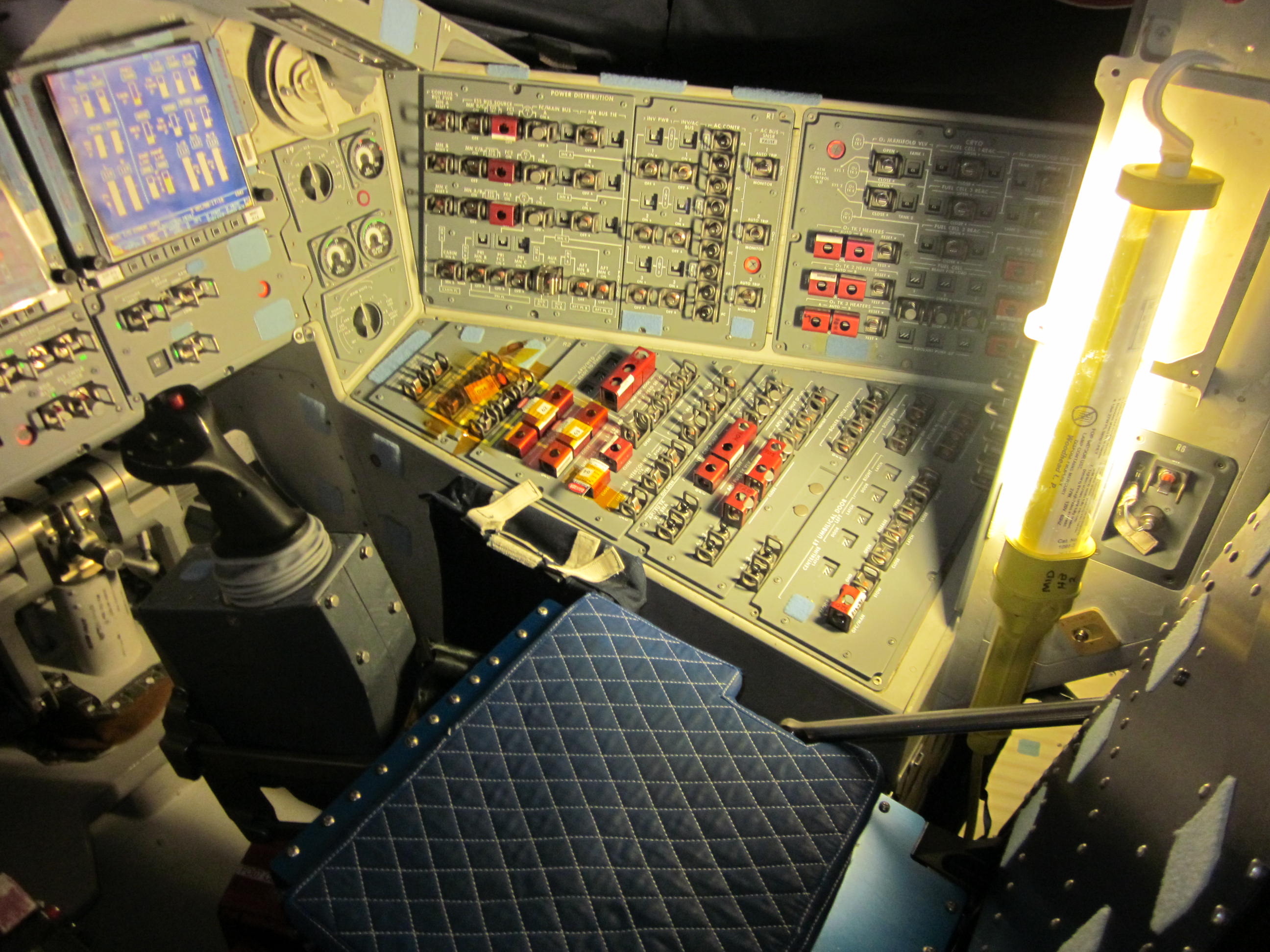
On the right side of the flight deck is the pilot's seat. Instrumentation surrounds the astronauts on all sides, and includes more panels, buttons and switches than you'd think a person could keep track of.
View From the Flight Deck
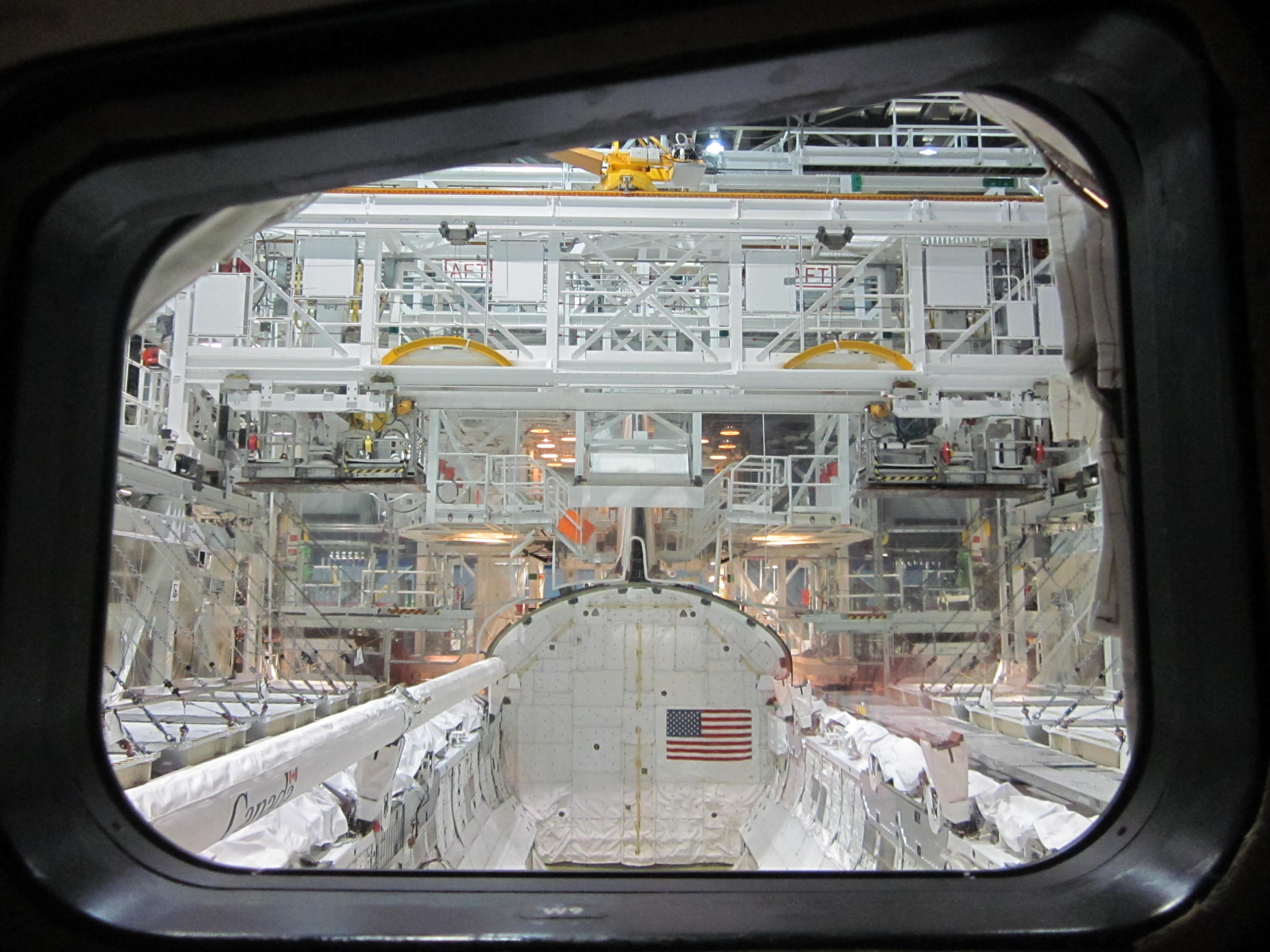
From the back of Discovery's flight deck, windows look out over the shuttle's payload bay. What a view, and we're not even in space.
Get the Space.com Newsletter
Breaking space news, the latest updates on rocket launches, skywatching events and more!
Docking Hatch
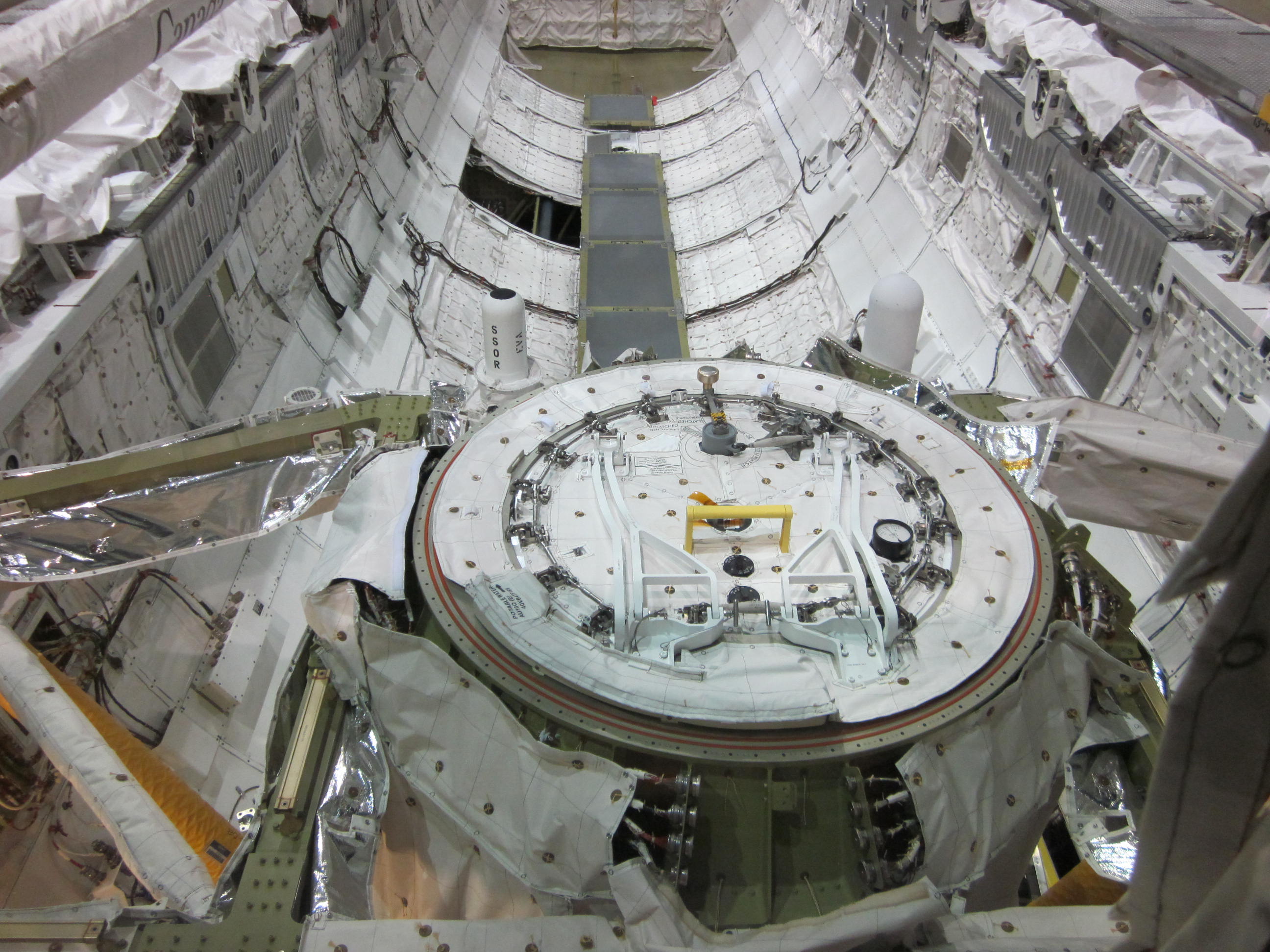
The circular hatch to Discovery's payload bay typically leads to the shuttle's docking port. From here astronauts can crawl through into the International Space Station. How different this must all feel in weightlessness!
Close Quarters
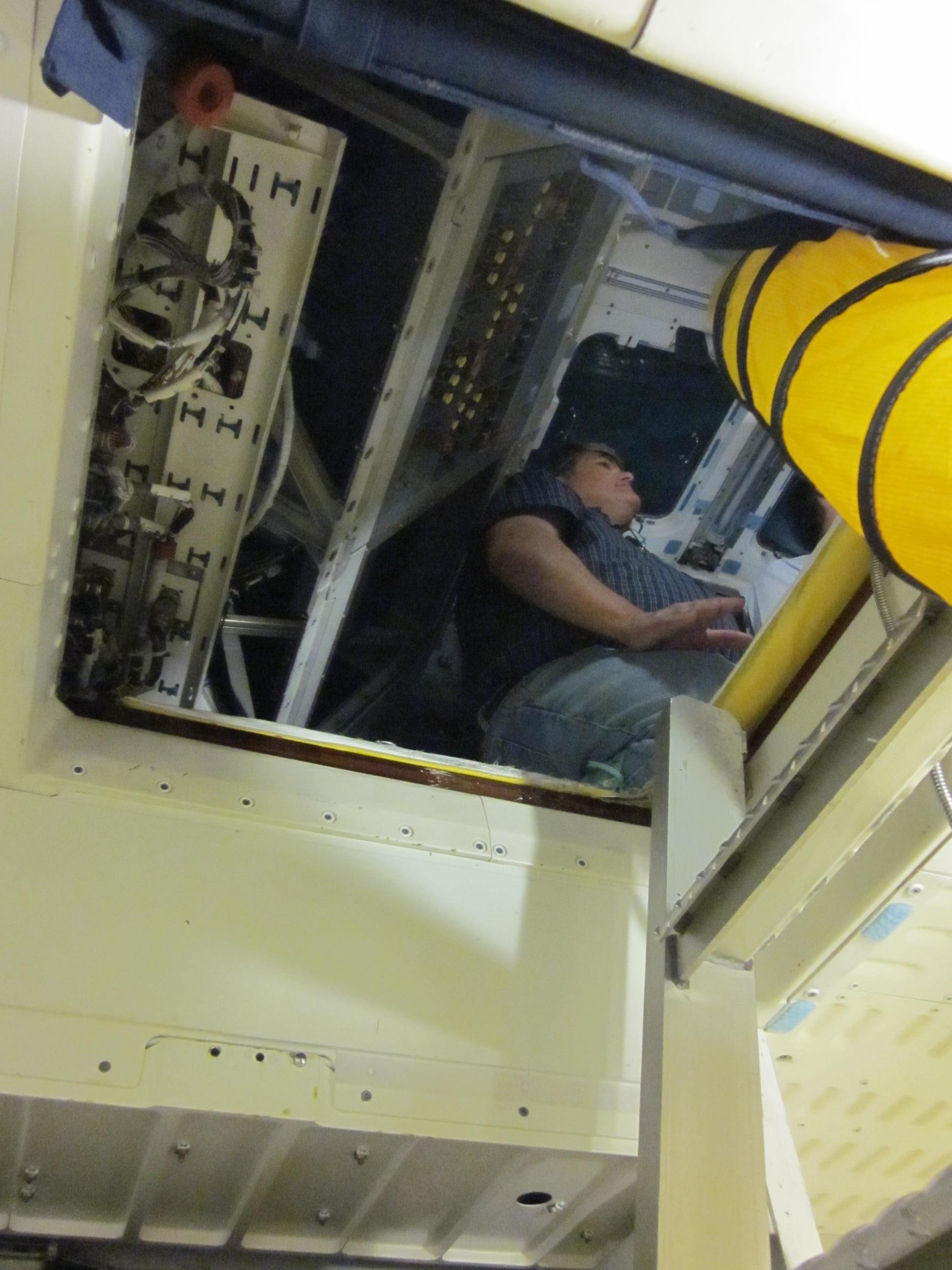
From Discovery's flight deck, I crawled down through this small opening to reach the middeck, the largest of the space shuttle's crew compartments. It's where the airlock and docking port are, not to mention the kitchen and bathroom.
Wires, Wires Everywhere

Inside the middeck of Discovery, wiring for the orbiter's various electronic systems is visible behind the ladder leading back up to the flight deck.
Tunnel to Outside
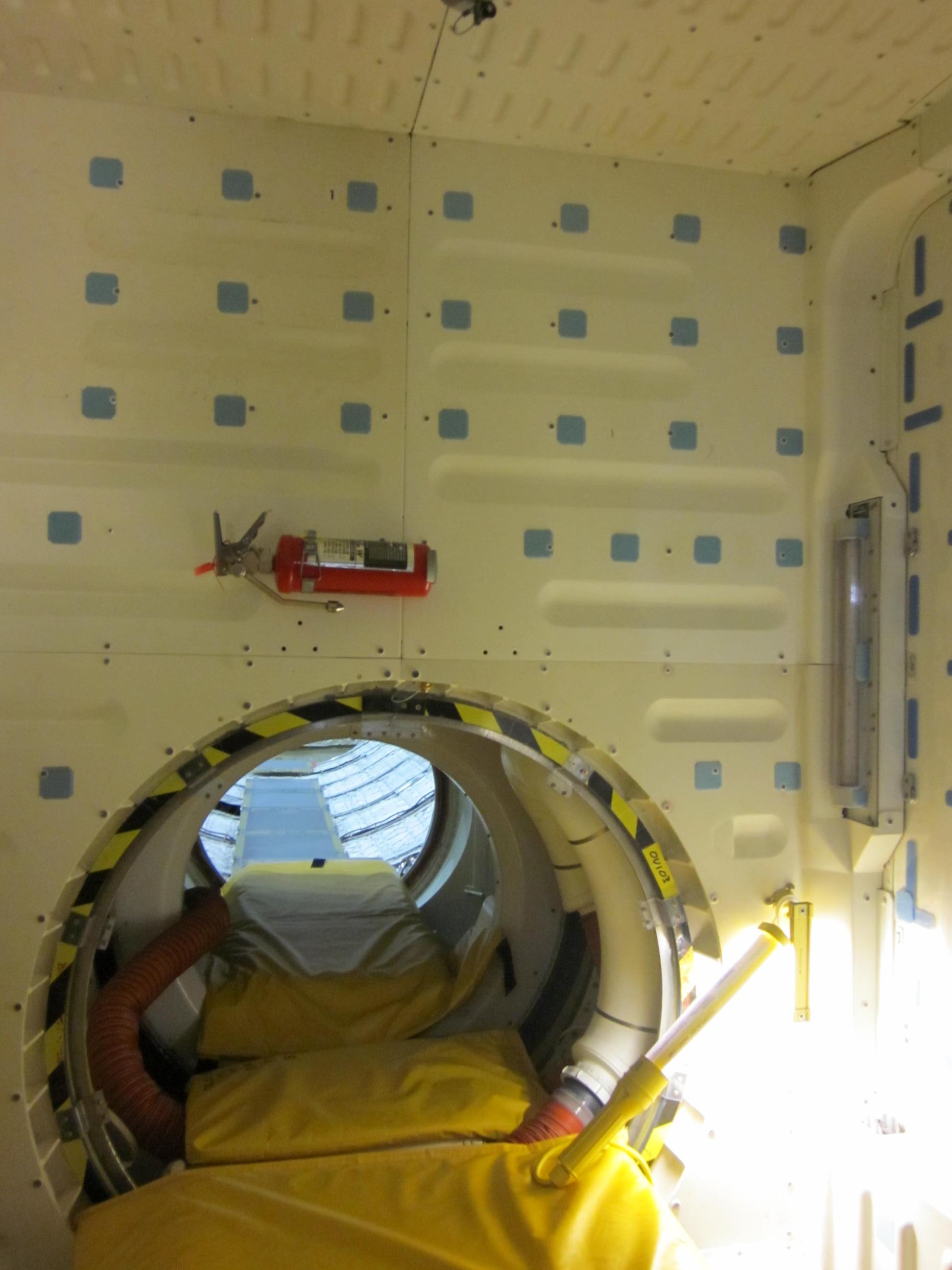
This tunnel leads to Discovery's airlock, where astronauts can exit into the payload bay. There is also a hatch that allows astronauts to crawl through into the International Space Station when the two vehicles are docked. The blue squares are Velcro, which is placed liberally around the shuttle's interior to allow astronauts to secure weightless items.
Join our Space Forums to keep talking space on the latest missions, night sky and more! And if you have a news tip, correction or comment, let us know at: community@space.com.

Clara Moskowitz is a science and space writer who joined the Space.com team in 2008 and served as Assistant Managing Editor from 2011 to 2013. Clara has a bachelor's degree in astronomy and physics from Wesleyan University, and a graduate certificate in science writing from the University of California, Santa Cruz. She covers everything from astronomy to human spaceflight and once aced a NASTAR suborbital spaceflight training program for space missions. Clara is currently Associate Editor of Scientific American. To see her latest project is, follow Clara on Twitter.
